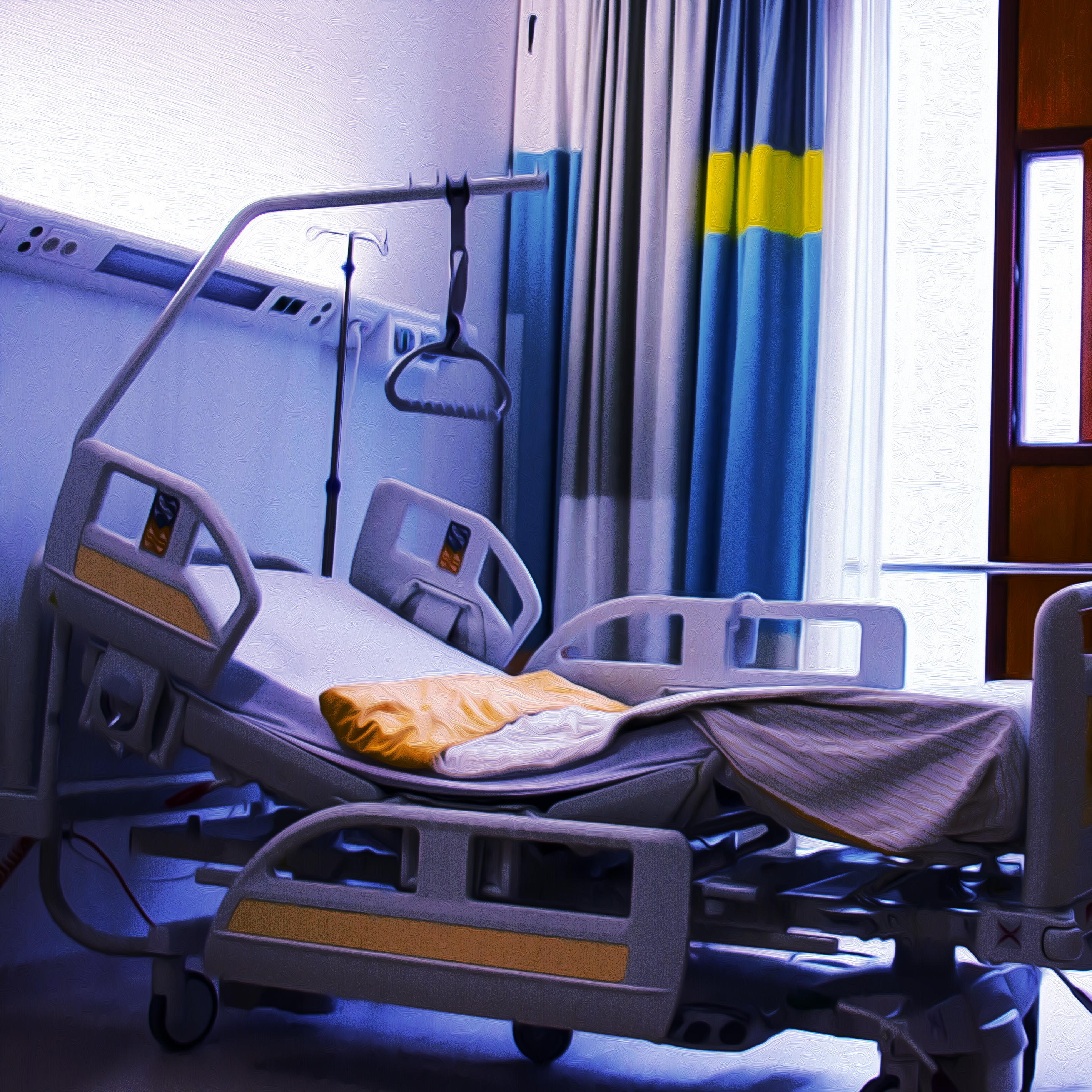 When a patient is brought into a hospital room they are considered to be separate from the rest of the room, but a recent study has found that they should be considered part of the room’s microbiome. Approaching infection control procedures and cleaning protocols using the concept of the entire room and its occupants as a single entity will help reduce Hospital Acquired Infections and the spread of disease.
When a patient is brought into a hospital room they are considered to be separate from the rest of the room, but a recent study has found that they should be considered part of the room’s microbiome. Approaching infection control procedures and cleaning protocols using the concept of the entire room and its occupants as a single entity will help reduce Hospital Acquired Infections and the spread of disease.
For the study, the researchers collected bacterial cultures by swabbing surfaces within patient’s rooms, including the floors, countertops, handles, and bed rails. They also collected samples from the patients and staff who spent time in the room. Their results showed that during a stay in the hospital room the patient’s skin and surfaces in the room became microbially similar, meaning that they share similar microorganisms and bacteria.
Other studies have found that our surroundings influence the composition of our individual microbial biomes, but this is the first one to show how much this occurs in healthcare settings.
A side effect of this microbiome equalizing was that for longer lengths of time patients spent in their hospital rooms the more the microbes developed antibiotic resistant genes, even if the patients were not given antibiotics. One theory for this is that the regular cleaning of the room was stressful to the microbes, and the survivors were the ones that had a higher likelihood of developing a resistance.
The study compared samples that had been taken over 70 days apart, and found that many of the samples were identical in their microbiomes, showing that in some cases the strains of microbes from patient’s skin colonized the room’s surfaces and stayed permanently, or were a constant presence within the hospital and were continuously being brought into the room. Cleaning the hospital rooms in between patients is supposed to prevent any sort of cross contamination like this, but this study shows that there is still a bacterial risk within a freshly cleaned room.
When following up, the researchers found that about 10 percent of the patients suffered from a Healthcare Acquired Infection, which is consistent with the CDC’s average for Hospital Acquired Infection occurrence.

